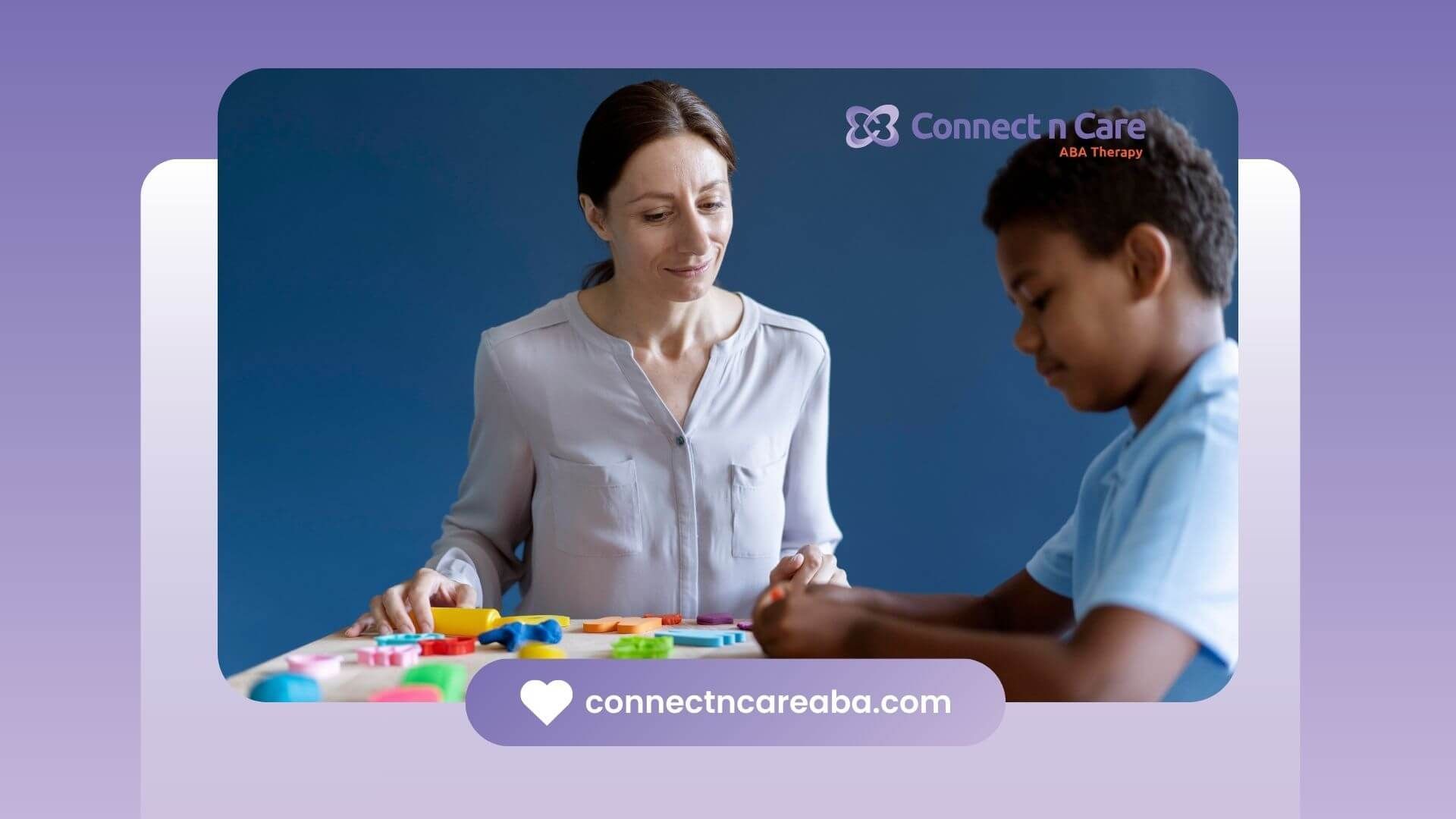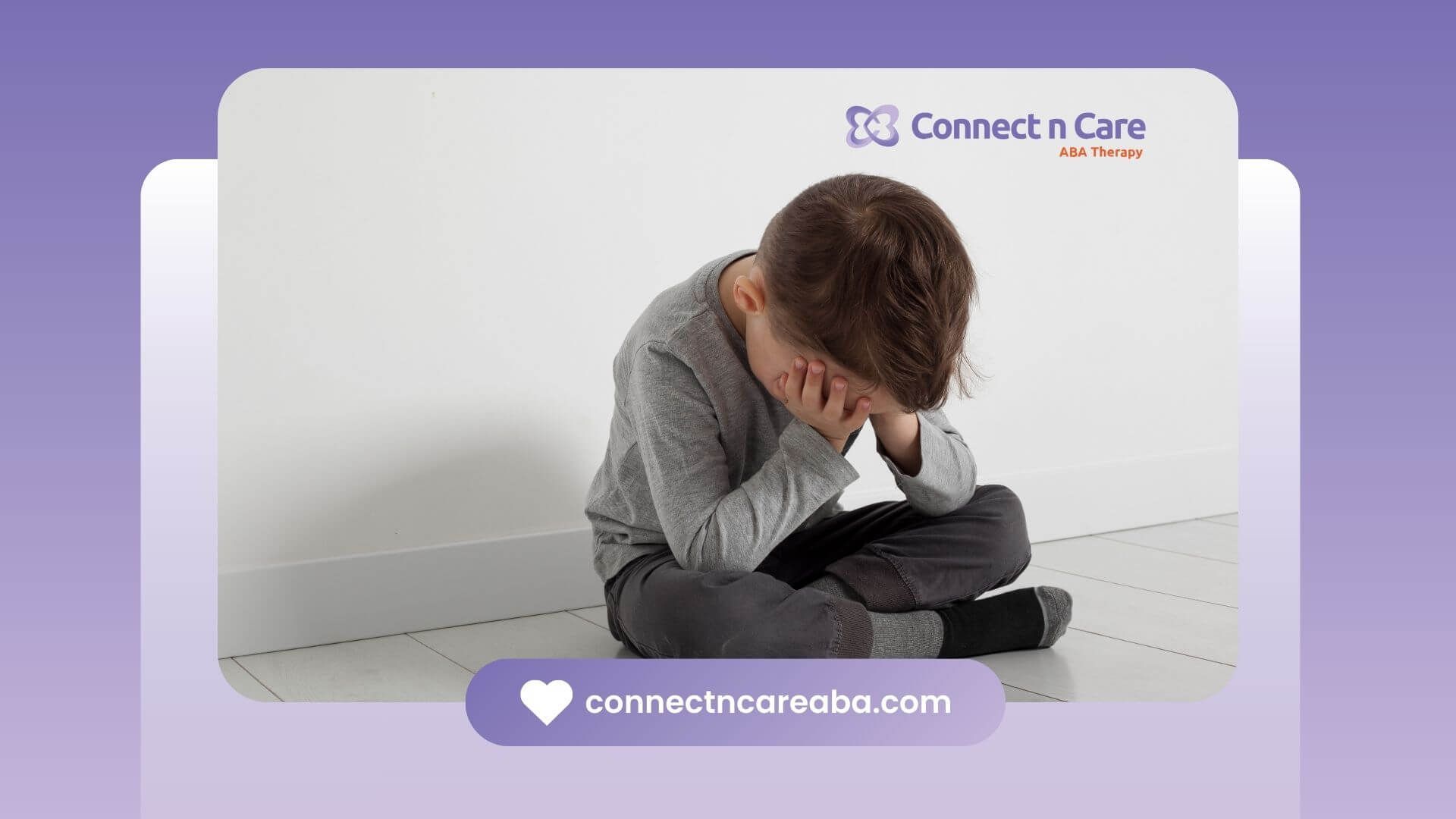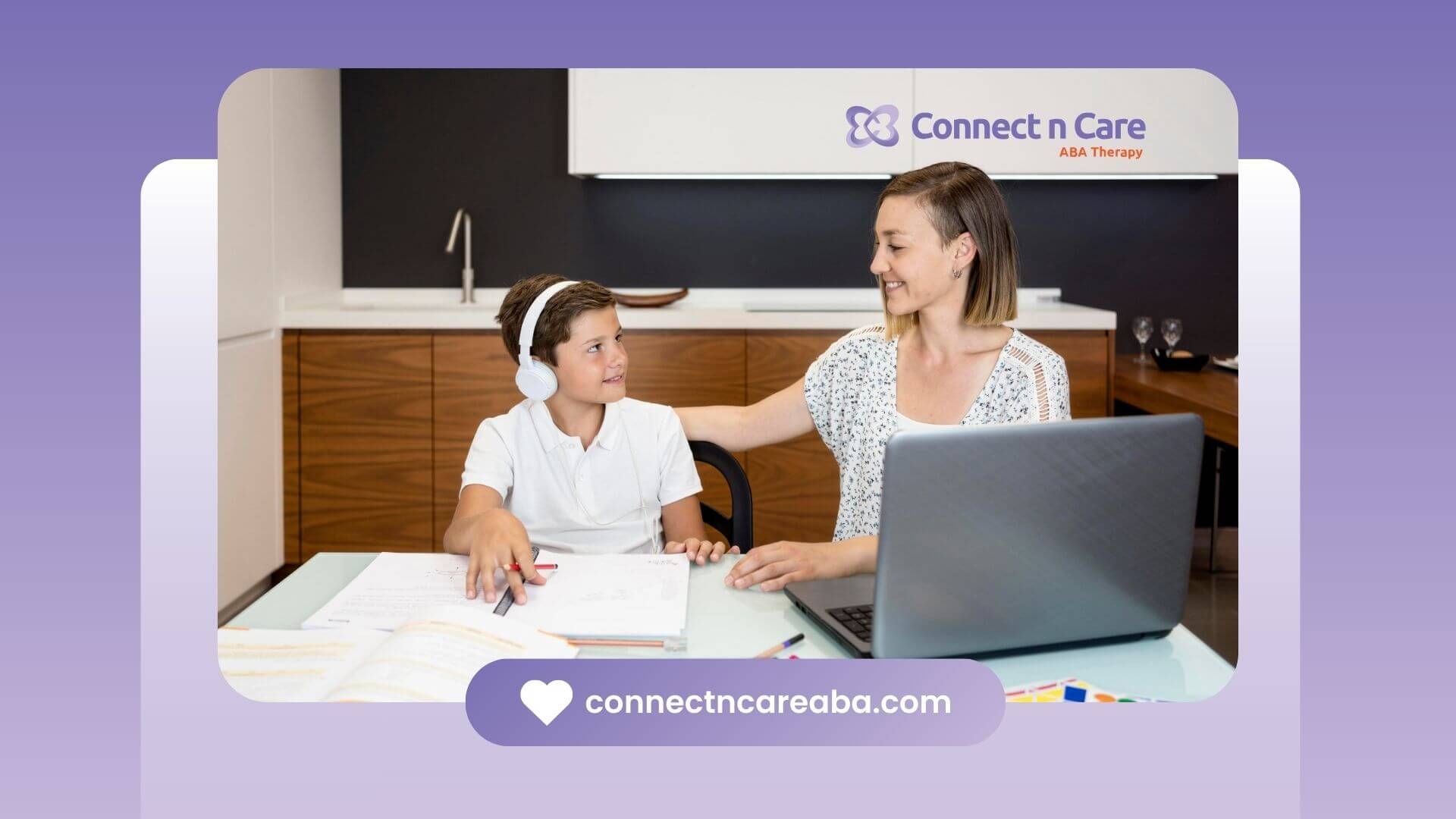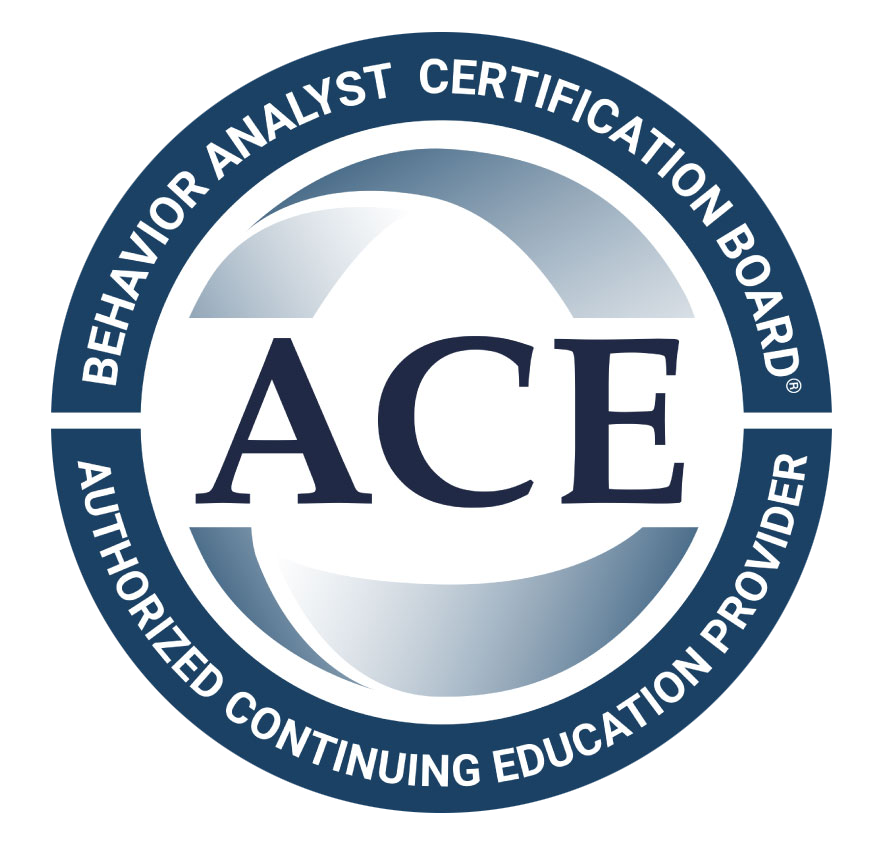Parents often wonder whether teaching an autistic child a second language is possible or even beneficial. The truth is that autistic children, like their peers, can learn more than one language. With the right approach, learning a second language can enrich communication, expand opportunities, and support social development.
Teaching should be structured and engaging. Visual aids, picture cards, songs, and interactive games can make learning fun and easier to process. Repetition and consistency are key—exposing the child to the language daily in natural settings, such as mealtimes or play, helps them connect words to real-life experiences.
It’s also important to focus on the child’s strengths. If your child learns best through visuals, pair spoken words with pictures. If they enjoy routines, incorporate second-language practice into predictable activities. Keeping the lessons simple and avoiding pressure allows learning to feel safe and enjoyable.
Parents should remember that learning another language does not delay or confuse communication development. Instead, it can promote flexibility in thinking and increase social opportunities.
At Connect n Care ABA, we guide families in creating personalized strategies that support language development and help children thrive in a bilingual environment.
Frequently Asked Questions
Can autistic children learn more than one language?
Yes. Many autistic children can successfully learn two or more languages with the right support.
Does learning a second language confuse autistic children?
No. Research shows bilingualism does not worsen autism symptoms and may even support cognitive flexibility.
What strategies help teach a second language?
Use visuals, repetition, real-life practice, and consistent exposure in a supportive environment.









